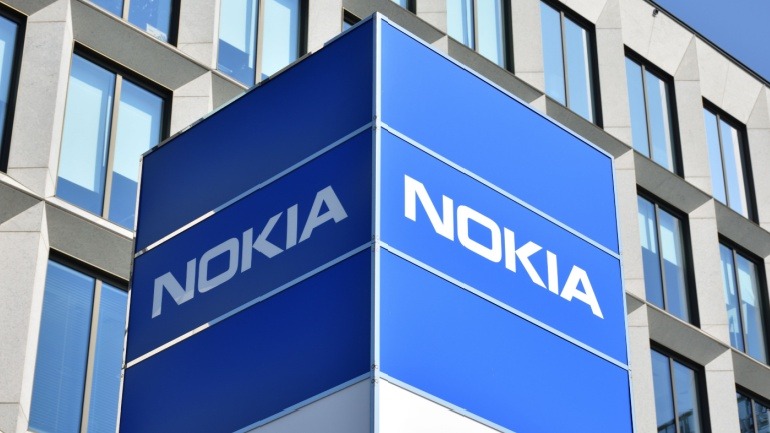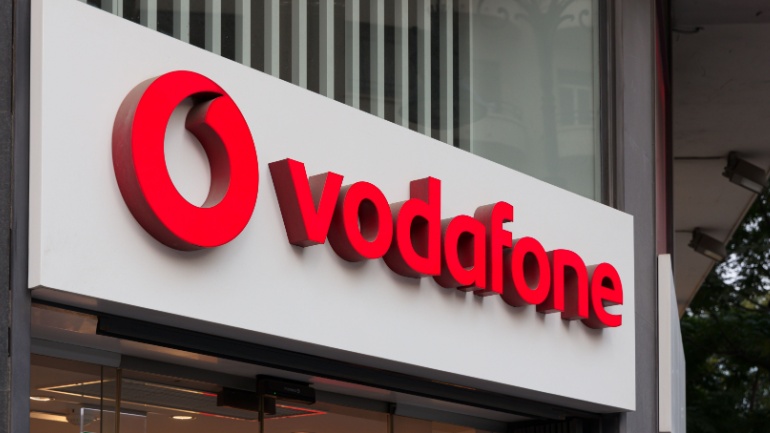Ericsson is advancing its API strategy by acquiring a stake in LotusFlare, enhancing telecommunications with innovative network API solutions. By addressing challenges developers face, such as procurement complexities and pricing inflexibility, Ericsson aims to streamline processes and unlock revenue potential in the growing API market through LotusFlare’s DNO Cloud platform.
Nokia’s recent strategic shift raises eyebrows as it slashes European jobs while investing $4 billion in US R&D. This move underscores a stark pivot towards American interests amid Europe’s digital sovereignty push. As Nokia realigns, VoIP professionals must assess the implications on European technology autonomy and market dynamics.
The radio access network market is stabilizing, offering a promising outlook after past downturns. While the RAN growth remains steady, the mobile core network shows impressive gains, especially with 5G developments. Companies like Ericsson and Nokia are key players, advancing telecom infrastructure with innovative VoIP solutions, paving the way for future growth.
The GSMA highlights a pressing need for more spectrum to enable 6G network expansion. By the mid-2030s, urban areas might require an additional 2-3 GHz in mid-band spectrum to support burgeoning demands driven by new technologies like extended reality and autonomous vehicles, as well as existing mobile services such as video streaming and gaming.
The Radio Access Network market continues to thrive in 2025, with key players like Huawei, Ericsson, Nokia, ZTE, and Samsung steering the industry forward. The RAN sector is evolving through artificial intelligence and cloud-native technologies, especially in Asia-Pacific. Stay updated with the latest trends and insights in VoIP solutions.
Ericsson, Nokia, and Fraunhofer HHI are pioneering advances in video coding for the 6G era, focusing on enhancing media experiences and mobile video efficiency. Aimed at revolutionizing digital media, their new codec provides superior compression, energy efficiency, and scalability, setting the stage for high-efficiency streaming and immersive formats.
Vodafone’s RAN overhaul, leveraging advanced VoIP technologies for 5G services, marks a pivotal shift. By integrating carrier aggregation, AI, and Open RAN, Vodafone aims to enhance network efficiency. Vendors like Ericsson play key roles, highlighting Vodafone’s balanced strategy in the competitive telecommunications market. This digital innovation promises enhanced connectivity.
Ericsson’s third-quarter results highlight an impressive profit growth due to strategic cost efficiencies and key sales, despite a net sales decline of 9%. The telecom giant doubled its adjusted EBITA and significantly increased its net income. Strong operational performance in the Networks and Cloud Software & Services segments balanced R&D challenges, positioning Ericsson well for 5G and 6G advancements.
Malaysia has taken a bold step into the future with the launch of YTL Communications’ 5G Advanced services. As the ninth nation to embrace this cutting-edge technology, Malaysia aims for nationwide 5G Advanced coverage by December. Leveraging Digital Nasional Berhad’s network and Ericsson’s system, YTL is revolutionizing connectivity.
Airbus has partnered with Ericsson to establish a private 5G network, revolutionizing its Hamburg smart factory. This strategic move enhances aerospace manufacturing by seamlessly connecting people, machines, and vehicles. The integration ensures efficient processes through augmented reality and swift robotic task management, setting a global standard and transforming industrial operations.













